Horsehair braid is not (currently) made of horsehair: it's actually a flexible plastic braid, with considerable springiness to it. You can pull it taut, and its plastic filaments will scrunch together like a Chinese finger trap, or push it against itself, and it'll give easily. But let it go and it'll spring back to its middling state of tension. The purpose of horsehair braid is to stiffen and stabilize the hem of a skirt without making it completely rigid. The benefit of this stability is that the skirt will keep a smooth line at its bottom, and if there's a train, the train will be less apt to crumple up on itself if the wearer turns abruptly. (The problem of the train crumpling on itself has a different but similar solution in Japan: an uchikake, or long formal wedding kimono/overcoat, has padding stuffed into the end of the train, visible on the floor as a soft roll of satin, that wiggles enticingly when you walk and prevents the train from getting twisted.) TUTORIAL: HEMMING WITH HORSEHAIR BRAID
The last step is hand-finishing, which I forgot to take a picture of. It's pretty easy: first tug the braid snug into the bottom of the skirt (there should be no excess in the turned area) and pin it in place; then use your favorite hand stitch to catch a few threads of the cotton lining to the top of the horsehair braid. I just did large whip-stitches, but a catch-stitch would probably be better. Be careful not to catch the outside fabric: you want the hem to be invisible from the outside. One of the benefits of the horsehair braid's stretchiness is that it stretches and scrunches to go around the curves of your dress, so in some places you'll want to mold it to your desired shape and make smaller stitches to ensure it stays that way.
WHAT IF THERE'S NO UNDERLINING? In the first picture I showed how this skirt was made with an underlining, so there were two layers of fabric to be held together, and an inner layer to be hand-sewn in the last step. But what if your skirt only has a single layer? You can still hem it with horsehair braid. Just measure as above (a little over a quarter inch of hem allowance), then skip the serging step and go straight to sewing the horsehair braid to the right side of the fabric. Turn the braid to the inside of the skirt, snug it tight at the turn, and pin it in place. Then you can finish by machine-sewing on top of the folded fabric and horsehair braid, right next to the first seam which is concealed in the turn. This last seam will be visible on the front of the fabric as a narrow hem. Or you can finish by hand if you're good at nearly-invisible stitches.
8 Comments
The Sister
12/5/2017 09:41:07 am
I want to see a fully body picture when it's time! Looks lovely!
Reply
Tara
7/25/2019 01:31:58 pm
Any tips on what to do when the horsehair braid flips out on the train???
Reply
Hi Tara! It sounds like your problem relates to the one part of the process I didn't get pictures of: the hand-stitching of the loose top edge. In the following, I'll abbreviate Horsehair Braid to HHB.
Reply
Paula Hopper
1/29/2021 06:53:16 am
I have a question about the second step, where it says to use a serger to sew the layers together: do you mean you sewed the silk layer to the cotton layer? Because the end dress looks like the outer silk layer is separate (which I prefer). So I'm confused about what "layers" you sewed together . . .
Reply
In this dress, there were three layers of skirt (not including petticoat net: stiff cotton, floppy silk, and crisp sheer silk. The cotton organdy was used as flat-lining for the silk charmeuse to make the soft silk behave more like a stiff duchesse satin, in other words to make a less expensive silk act like a much more expensive silk. Those two layers were treated as one throughout construction, including being sewn together in side seams, so it would not be possible for them to hang separately. It was those two layers together hat I serged and hemmed with HHB. The sheer overlay, a silk organza, DID hang seperately, and was hemmed with a narrow hem, not HHB. I hope that helps!
Reply
Sarah
5/8/2024 07:17:43 am
Do you have any advice on how to bring up the front hem of a dress with a 3 inch horse tail braid without touching the train of the dress? The fabric is organza and so I’m Not quite sure how to achieve a seamless blend . Any advice you might have would be very greatly appreciated!
Reply
Leave a Reply. |
Karen Roy
Quilting, dressmaking, and history plied with the needle... Sites I EnjoyThe Quilt Index Categories
All
Archives
March 2024
|
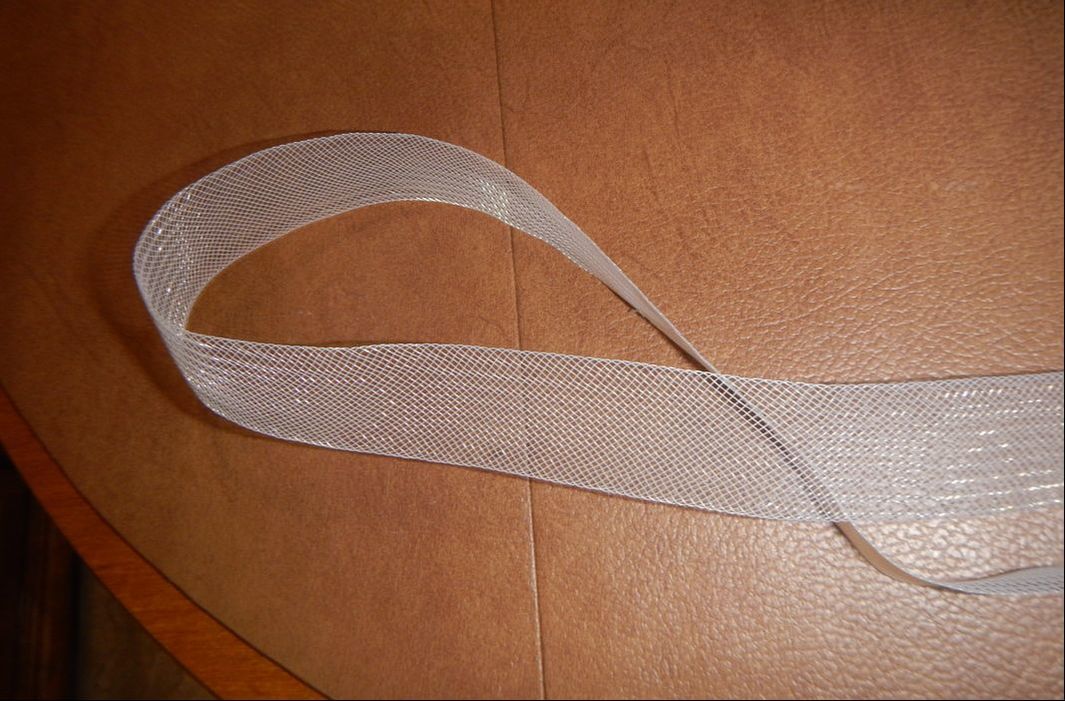
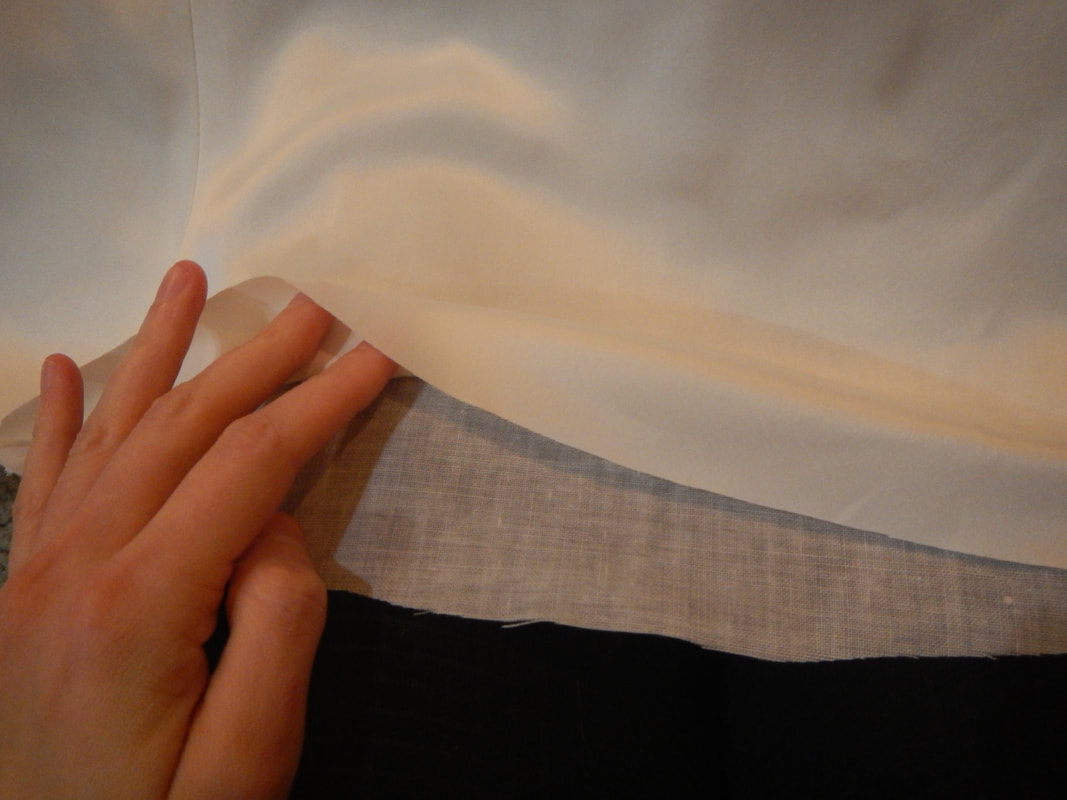
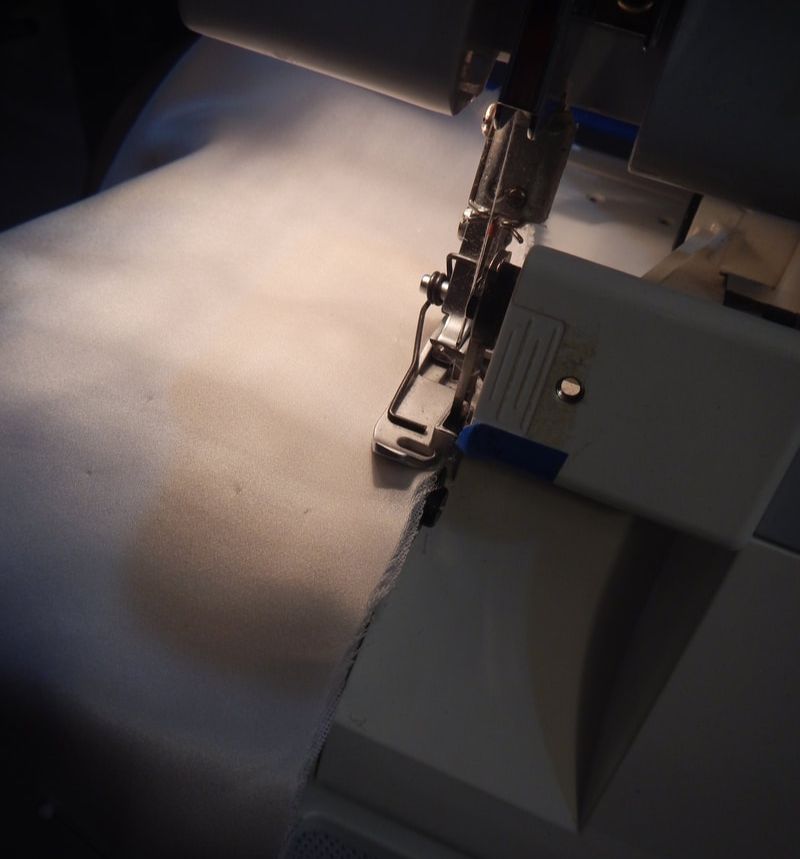
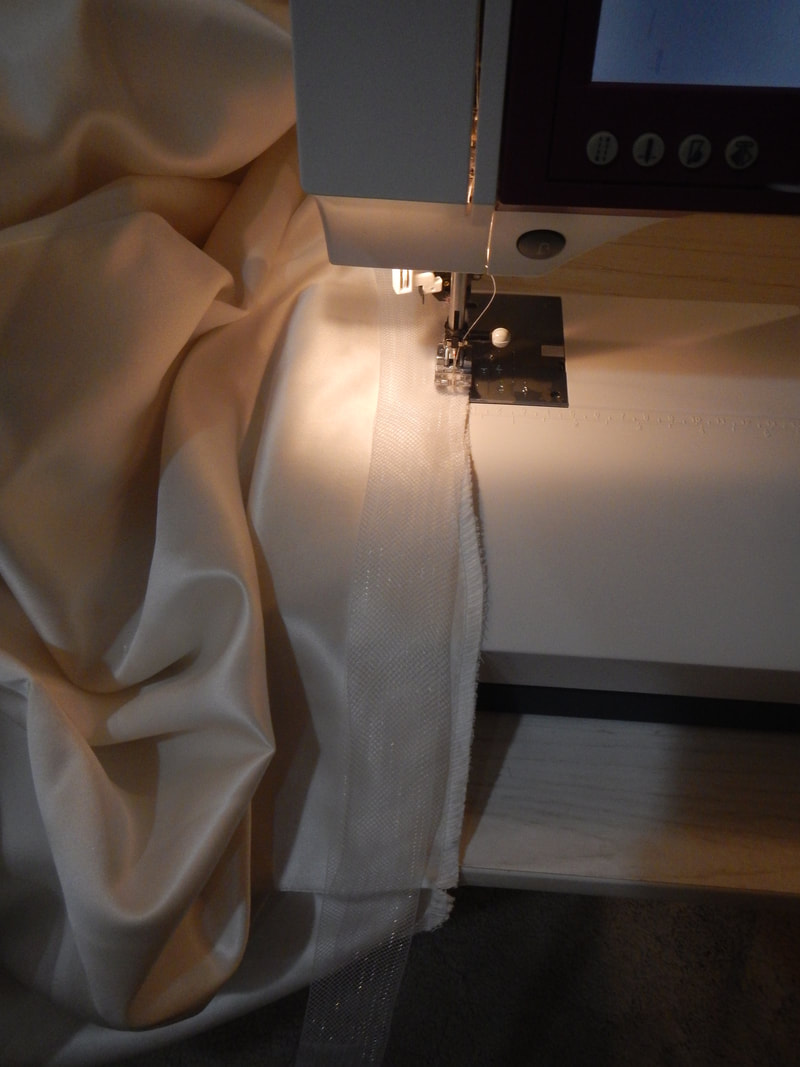
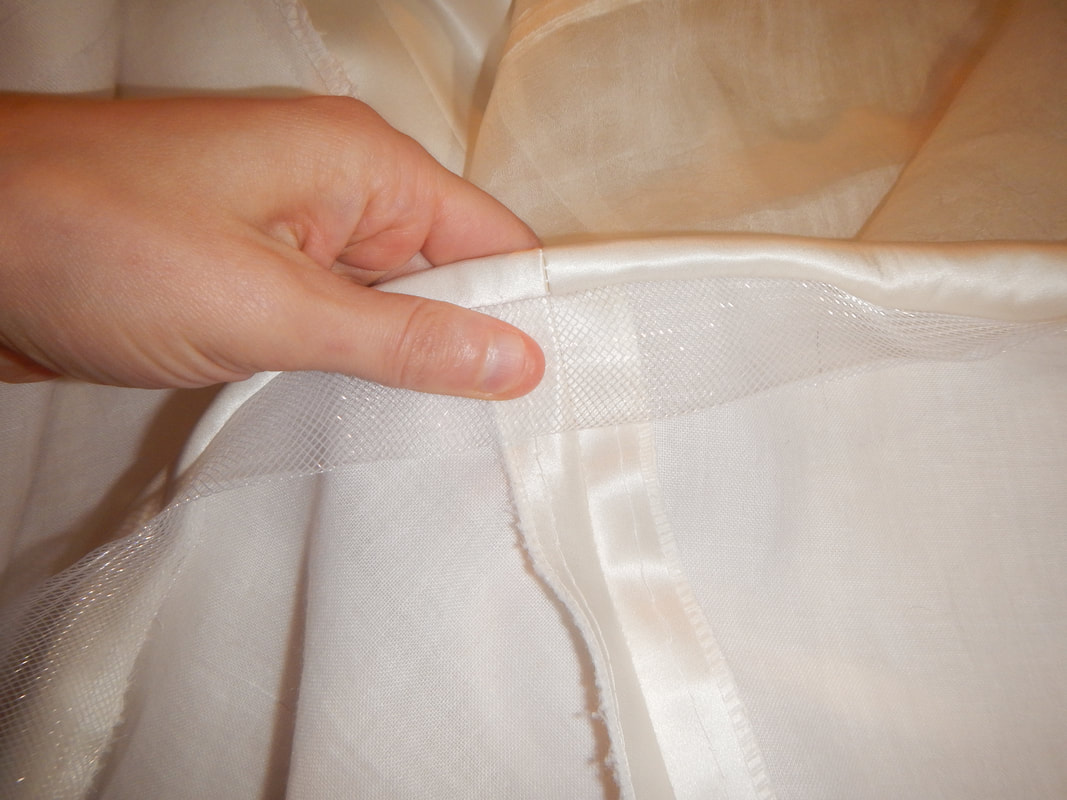
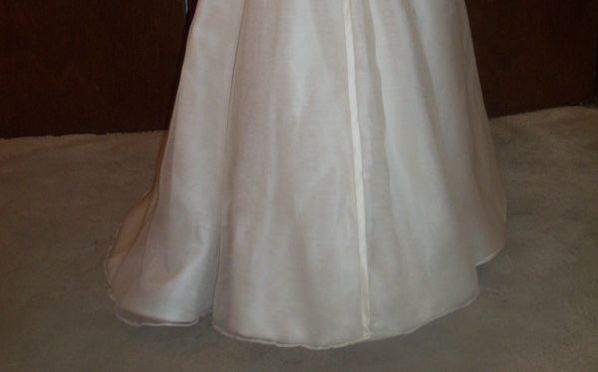
 RSS Feed
RSS Feed